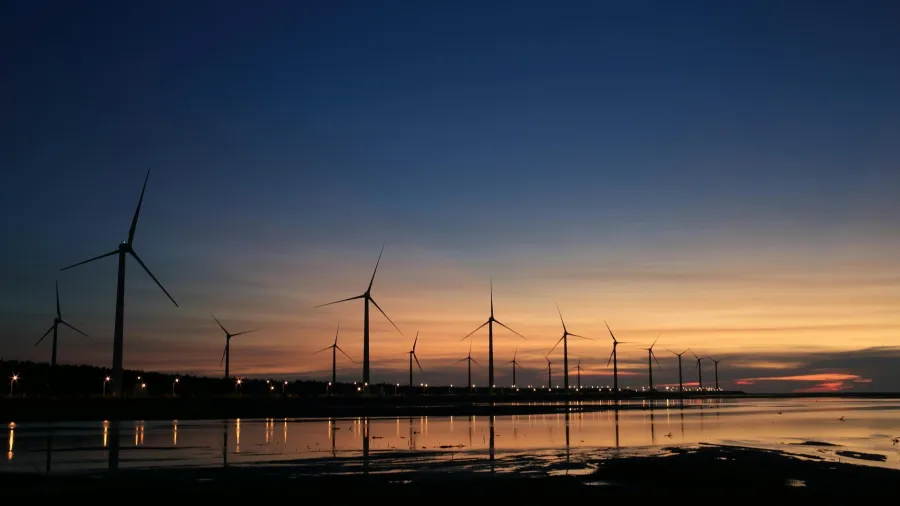
Offshore wind, energy imports could spur RE deals in Southeast Asia
Investment-friendly policies will push private money into these projects.
Government support and cross-border renewable energy trade are expected to boost investment in offshore wind power projects in Southeast Asia, with significant capacity additions expected in the coming years.
“Big opportunities at the moment are offshore wind in the Philippines and Vietnam in particular, and the Singapore import projects,” Andrew Digges, a partner at law firm Norton Rose Fulbright, told Asian Power.
The global decarbonisation push is pushing more companies to let go of their interests in nonrenewable energy.
Mitsui & Co. Ltd. sold its 45.5% stake in Indonesia's 2,045-megawatt Paiton coal-fired power plant a year ago, cutting its fossil fuel power generation to 8%.
Merger deals involving the energy and natural resource sector rose 23% to 10.6b across 94 transactions last year from a year earlier, mainly driven by renewable energy (RE) investment, according to PricewaterhouseCoopers International Ltd.
Norton Rose Fulbright in a separate report in January said it expects the significant growth in deal-making activity in the final months of 2024 to continue this year, thanks to Southeast Asian nations’ RE focus in expanding their power grids.
Vietnam issued a decree in March outlining the rules for the development of large-scale offshore wind power projects in the country.
“Hopefully, that will bear fruit this year or perhaps next year, when they launch tenders and invite bids to develop these projects,” Aditya Rebbapragada, a partner at Norton Rose Fulbright, told Asian Power in the same interview. European firms would most likely take advantage of this opportunity, he added.
In the Philippines, the government has allowed full foreign ownership of RE projects, and the fifth round of its green energy auction for offshore wind projects is set for the third quarter.
“You will now see private money coming into those projects, and then once that starts coming in, you'll then see the M&A (mergers and acquisitions) activity in those types of projects,” Digges said via Zoom.
Rebbapragada said Vietnam and the Philippines could set a benchmark for the development of multibillion-dollar energy projects. These include the 6-gigawatt (GW) Can Gio offshore wind project near Ho Chi MInh City and the 1 GW San Miguel Bay offshore wind farm east of the Philippine capital.
“Construction costs are significant and the equity risk would mean sponsors want to share that risk through divestment during construction and operation,” he added.
For energy trading, Digges said there is a need to be able to transfer power from the production site to where demand exists.
Singapore has been tapping its neighbours such as Malaysia to import renewable energy as it tries to meet a third of its energy needs with 6 GW of low-carbon power imports by 2035.
The Energy Market Authority said the city-state’s electricity consumption reached 28.5 terawatt-hours in the first half of last year, and this could rise 3.2% yearly in the next 10 years.
“What's going to drive the M&A activity in those large import projects? It's going to be further regulatory development that allows this cross-border sale and purchase of power,” Digges said.

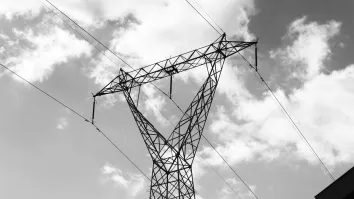
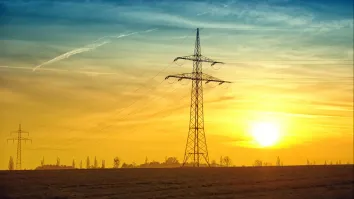



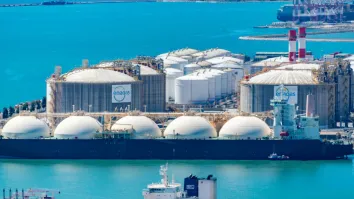




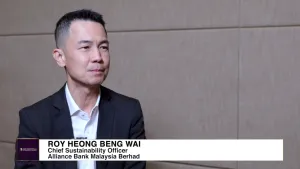


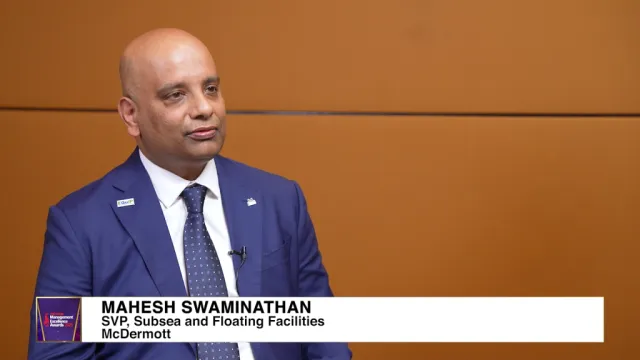


 Advertise
Advertise









